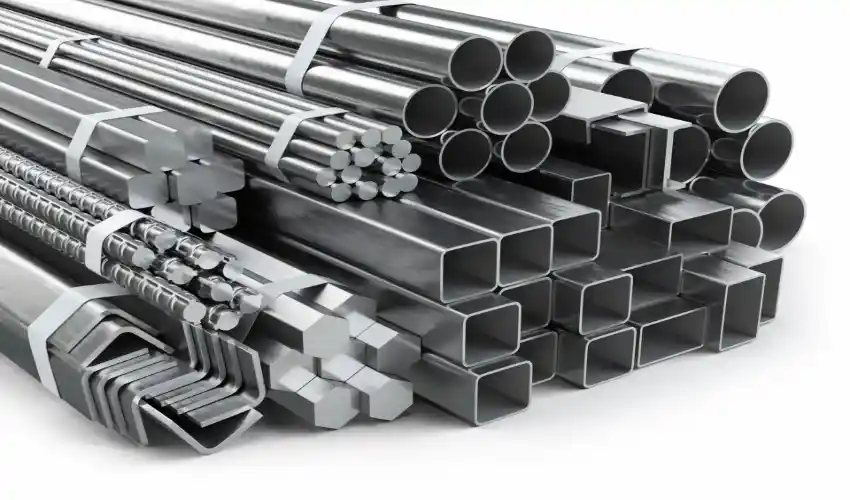As the world transitions toward a greener and more sustainable future, the role of scrap steel in the global economy is becoming increasingly significant. With environmental concerns and resource depletion at the forefront, industries are seeking more eco-friendly and cost-effective alternatives to raw materials. Scrap steel presents a viable solution, supporting circular economies and reducing carbon footprints. This article explores the future of scrap steel in a sustainable economy, examining its benefits, challenges, and prospects.
The Growing Demand for Scrap Steel
The demand for steel continues to rise across multiple industries, including construction, automotive, and manufacturing. However, traditional steel production, which relies on iron ore extraction and coal-based blast furnaces, is a major contributor to greenhouse gas emissions. To mitigate environmental impact, many manufacturers are turning to recycled steel as a sustainable alternative.
Recycling steel significantly reduces energy consumption compared to virgin steel production. According to industry reports, using scrap steel requires up to 75% less energy and emits significantly lower amounts of CO2. As governments and corporations implement stricter environmental regulations, the use of bulk scrap metal for sale is expected to grow exponentially.
Benefits of Scrap Steel in a Sustainable Economy
- Energy Efficiency and Emission Reduction: Recycling steel reduces the need for energy-intensive extraction and processing of raw materials, leading to lower carbon emissions.
- Waste Reduction: Repurposing scrap steel minimizes landfill waste and promotes a circular economy by reintroducing materials back into the production cycle.
- Cost Savings: The use of scrap steel is economically viable, as it reduces costs associated with mining, transportation, and energy consumption.
- Resource Conservation: Steel is 100% recyclable, and using scrap steel helps preserve non-renewable resources like iron ore and coal.
- Job Creation: The recycling industry provides employment opportunities in collection, sorting, and processing, boosting economic growth.
Challenges Facing the Scrap Steel Industry
Despite its numerous benefits, the scrap steel industry faces several challenges that must be addressed to ensure a sustainable future:
- Quality Control: Impurities in scrap steel can affect the quality of recycled products, requiring advanced sorting and refining technologies.
- Supply Chain Management: The availability of scrap steel depends on various factors, including consumer behavior and industrial scrap generation, making supply chain stability a concern.
- Infrastructure and Investment: Recycling facilities require significant investment in advanced technologies to efficiently process and refine scrap steel.
- Market Fluctuations: Prices of scrap steel can be volatile due to economic cycles, trade policies, and global steel demand.
- Regulatory Compliance: Governments are implementing stricter environmental laws, which can increase operational costs for recyclers.
Technological Innovations in Scrap Steel Recycling
The future of scrap steel recycling relies heavily on technological advancements. Emerging technologies such as artificial intelligence (AI), robotics, and automation are revolutionizing the sorting and processing of scrap steel. AI-driven sensors can effectively identify and separate different types of metals, ensuring higher purity levels in recycled steel. Additionally, electric arc furnaces (EAFs), which use scrap steel as a primary input, are gaining traction due to their lower carbon footprint compared to traditional blast furnaces.
Another promising innovation is hydrogen-based steelmaking, which aims to replace coal with green hydrogen, further reducing emissions. Companies investing in research and development of such sustainable methods are positioning themselves at the forefront of the scrap steel revolution.
Government Policies and Sustainability Initiatives
Governments worldwide are implementing policies to encourage the use of recycled materials, including scrap steel. Carbon pricing, incentives for green technologies, and stricter waste management laws are pushing industries toward sustainable practices. The European Union, for example, has set ambitious targets for reducing industrial emissions and promoting circular economies, while the United States is investing in infrastructure projects that prioritize recycled materials.
The rise of Environmental, Social, and Governance (ESG) criteria in corporate strategies is also driving businesses to adopt more sustainable steel production methods. Companies that prioritize sustainability are gaining favor among investors and consumers alike.
Future Prospects of Scrap Steel in a Green Economy
The future of scrap steel is promising, with increasing global awareness of climate change and sustainability goals. Industries that incorporate scrap steel into their production processes will not only reduce environmental impact but also benefit from cost efficiencies and compliance with evolving regulations.
As recycling technologies continue to advance and governments reinforce sustainability mandates, the scrap steel market is expected to expand further. The transition toward a circular economy will strengthen the role of scrap steel, making it an indispensable resource in sustainable development.
Conclusion
Scrap steel is poised to play a crucial role in shaping a sustainable economy. Its environmental benefits, economic viability, and potential for innovation make it a key component in reducing industrial emissions and promoting circularity. While challenges exist, technological advancements, policy support, and industry collaboration will drive the growth of the scrap steel industry. As the world shifts towards greener solutions, scrap steel will remain at the heart of a sustainable and responsible future.
